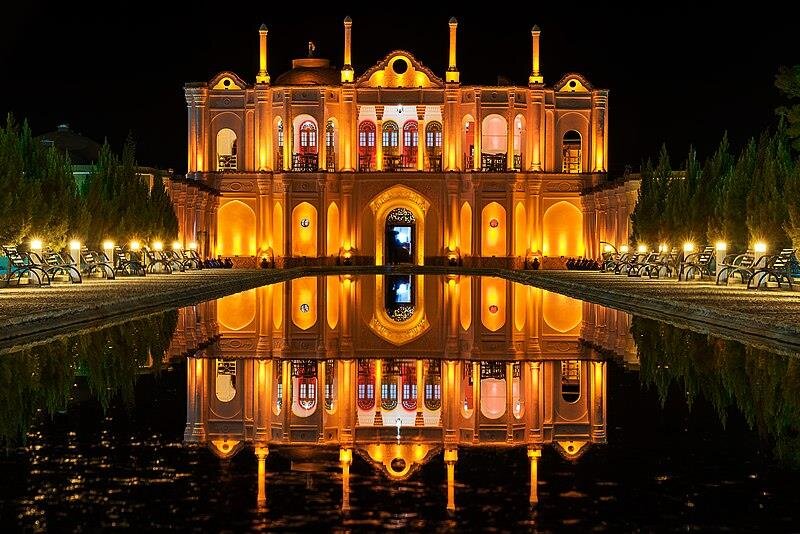Kerman added to Iran’s golden ‘triangle’ of tourism

TEHRAN – The ancient city of Kerman has been added to Iran’s golden ‘triangle’ of tourism, which was already embracing Isfahan, Shiraz, and Yazd, an official with the Planning and Budget Organization (PBO) said on Monday.
“Comprised of Isfahan, Shiraz, and Yazd, the golden triangle of tourism was defined years ago. And this year, we added Kerman to it based on a national land management mandate,” Saeid Vakili said, IRNA reported.
Kerman has been a cultural melting pot since antiquity, blending Persians with subcontinental tribe dwellers. It is home to myriad historical sites and scenic landscapes such as Bazaar-e Sartasari, Jabalieh Dome, Ganjali Khan Bathhouse, Malek Jameh Mosque, and Shahdad Desert to name a few.
The golden ‘triangle’ offers sightseers an epitome of Iran for those who are first-time visitors to the Islamic Republic both in terms of the historical sites and cultural identity.
The golden ‘triangle’ offers sightseers an epitome of Iran for those who are first-time visitors to the ancient land. Celebrated as the heartland of Persian culture for over 2000 years, Shiraz has become synonymous with education, nightingales, poetry, and crafts skills passed down from generation to generation. It was one of the most important cities in the medieval Islamic world and was the Iranian capital during the Zand dynasty (1751–1794). Shiraz has also been named Iran’s 2020 Book Capital.
In July 2017, the historical structure of the city of Yazd, which is the capital of Yazd province, was named a UNESCO World Heritage. It is usually referred to as a delightful place to stay, or a “don't miss” destination by almost all of its visitors. It is teemed with mudbrick houses that are equipped with innovative badgirs (wind catchers), atmospheric alleyways, and many Islamic and Iranian monuments that shape its eye-catching city landscape.
Soaked in a rich history, Isfahan was once a crossroad of international trade and diplomacy in Iran and now it is one of Iran’s top tourist destinations for good reasons. Filled with many architectural wonders such as unmatched Islamic buildings, bazaars, museums, Persian gardens, and tree-lined boulevards, Isfahan is, according to many, a city for walking, getting lost in its mazing bazaars, dozing in beautiful gardens, and meeting people. Isfahan has long been nicknamed as Nesf-e-Jahan which is translated into “half the world”; meaning seeing it is relevant to see the whole world.
AFM
Leave a Comment